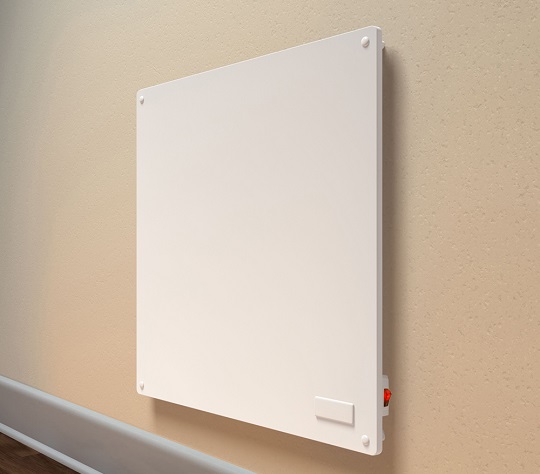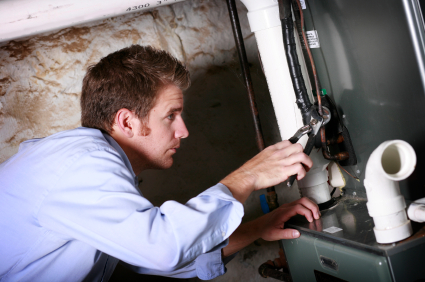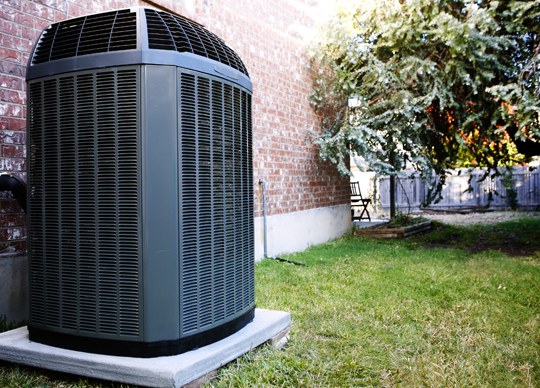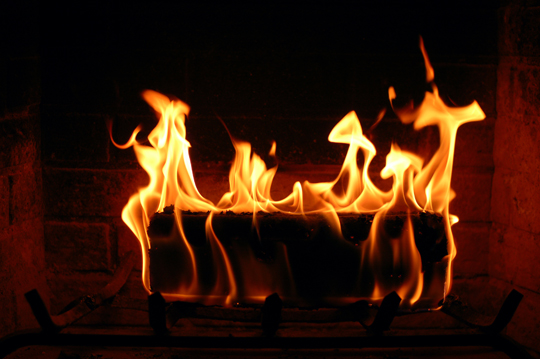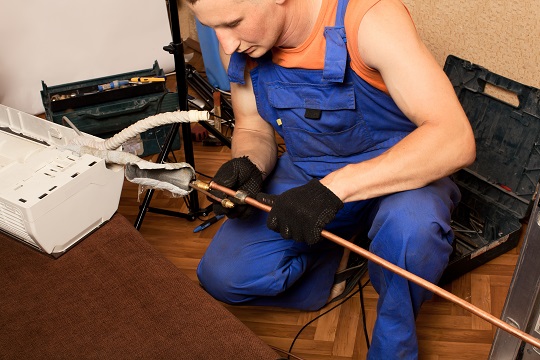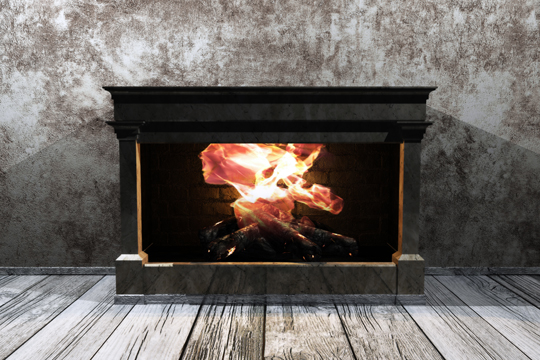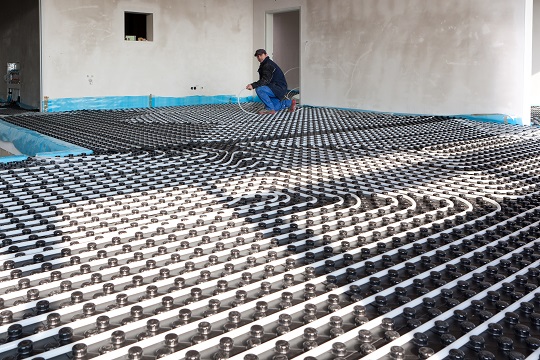There are only a few wood stove parts but knowing what they are and how they work will help you use your wood stove safely and properly. Certain parts of a wood stove simply allow it to disperse heat more efficiently. Here’s a quick look at the basic parts of a typical wood stove.
Doors and Handles
Obviously, these important wood stove parts have the main purpose of keeping the firewood secure inside the stove. It’s important for doors to have a tight seal to ensure a good fire and that heat does not leak out of the stove. The doors should be serviced regularly before the start of the cold season to keep the stove in good condition.
If you need to make a tight seal, use a gasket and affix it to the door with special cement. Wood stoves also have door handles that are specially designed to resist heat, so they can be touched without you being burned.
Blower or Fan
A wood stove’s blower or fan works to distribute the heat around a space. Because a wood stove uses an electric fan, it must be within reach of an electric outlet in order to use the fan.
Before the heating season begins, check the components of the fan to make sure they are clean. Detach the fan cover and vacuum out the dirt and dust. Lubricate the fan for easy and quiet turning.
Pipes
Examine all wood stovepipes regularly throughout the wood-burning season. Pipes are critical wood stove parts because they carry the smoke safely out of the house through the chimney. Check the gaps between different pipe sections to see whether smoke is leaking through. If there is leakage, put out the fire and make the necessary adjustments to the fitting between the pipes or replace seals.
Dampers
If you have an older stove, the dampers may be on the front of the door. In newer models, they are sometimes built into the stovepipe. Let the dampers stay open to keep a fire burning, but close them to slow down the fire and save the heat inside the stove. On older stoves, the dampers have a knob that you need to turn to open or close them.
Need Professional Help with Your Wood Stoves?
Seeing to it that your wood stove parts are well maintained will ensure safe and efficient heating. Contact TalkLocal today, and we will find a heating professional near you to help maintain or repair your wood stove fast and easy!

